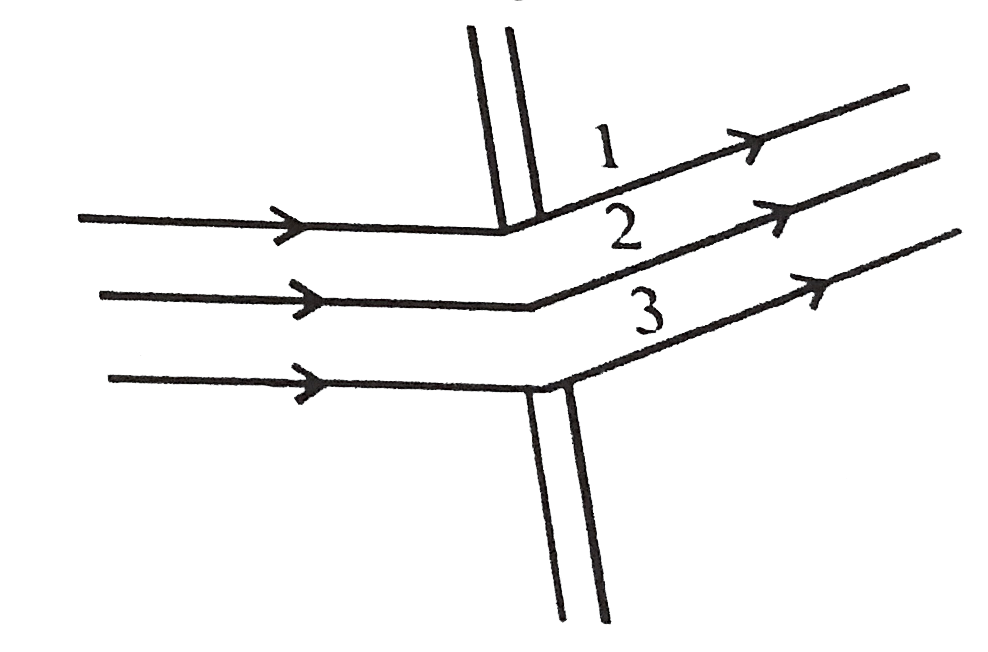Find the right condition(s) for Fraunhofer diffraction due to a single slit
Source is at infinite distance and the incident beam has coverged at the slit
Source is near to the slit and the incident beam is parallel
Source is at infinity and the incident beam is parallel
Source is near to the slit and the incident beam has coverged at the slit
The correct Answer is:C
The source is at infinity and incident beam is parallel
Topper's Solved these Questions
- BOOK - DC PANDEYCHAPTER - WAVE OPTICSEXERCISE - For JEE main (Only one option is Correct )22videos
WAVE OPTICS
- BOOK - DC PANDEYCHAPTER - WAVE OPTICSEXERCISE - For JEE Advanced Only one option is correct23videos
WAVE OPTICS
- BOOK - DC PANDEYCHAPTER - WAVE OPTICSEXERCISE - match column4videos
WAVE OPTICS
- BOOK - DC PANDEYCHAPTER - SOLVED PAPERS 2018EXERCISE - JIPMER22videos
SOLVED PAPERS 2018
Similar Questions
Knowledge Check
- Question 1 - Select One
For Fraunhofer diffraction to occur
Alight source should be at infinity.Bboth source and screen should be at infinity.Conly the source should be at finite distanceDboth source and screen should be at finite distance - Question 2 - Select One
The condition for observing Fraunhofer diffraction from a single slit is that the light wavefront incident on the slit should be
ASphericalBCylindricalCPlaneDElliptical - Question 3 - Select One
Direction of the first secondary maximum in the Fraunhofer diffraction pattern at a single slit is given by (a is the width of the slit)
A(a) asinθ=λ2B(b) acosθ=3λ2C(c) asinθ=λD(d) asinθ=3λ2
Draw an intensity distribution graph for diffraction due to a single slit.
View SolutionThe adjacent figure shows Fraunhoffer’s diffraction due to a single slit. If first minimum is obtained in the direction shown, then the path difference between rays 1 and 3 is
 View Solution
View SolutionDraw a graph showing the intensity distribution of fringes due to diffraction at single slit
View SolutionThe angular width of the central maximum of the diffraction patternn in a single slit (of width a) experiment, with λ as the wavelenth of light, is
View SolutionCentral fringe obtained in diffraction pattern due to a single slit-
View Solution

